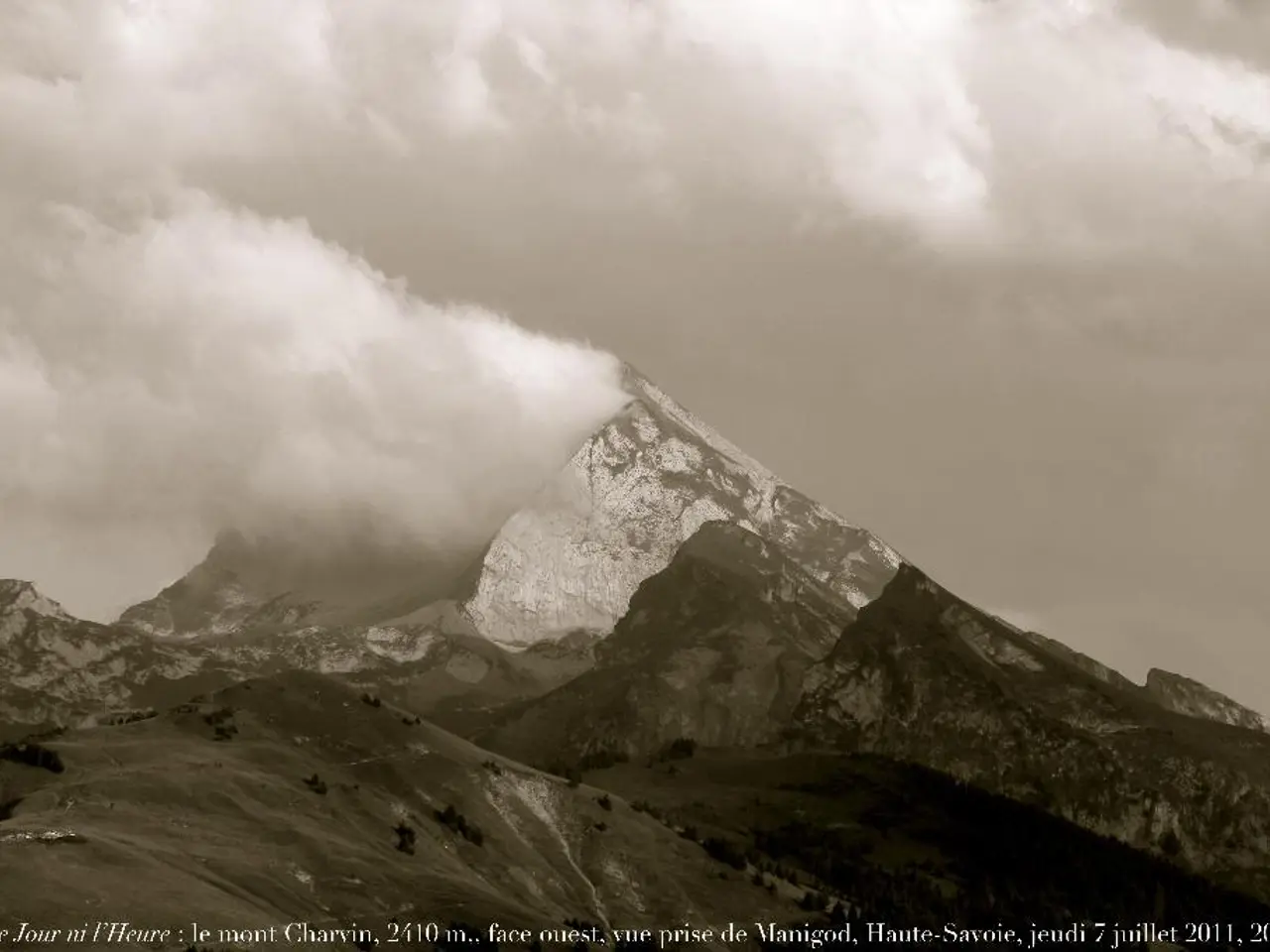Torrential monsoon downpours batter Pakistan, claiming lives of close to 170 individuals
Heavy Monsoon Rains Cause Devastation Across Northern Pakistan
In the midst of the 2025 monsoon season, Pakistan has been hit hard by heavy rains, resulting in a tragic loss of life and destruction of infrastructure. According to reports up to August 22, 2025, over 785 deaths have been recorded nationwide, with more than 1,000 injuries.
The hardest-hit region is Khyber Pakhtunkhwa (KP), where approximately 465 fatalities have occurred. Over 2,113 homes have been destroyed, 266 schools damaged, and more than 23,430 people displaced, with nearly 3,905 families relocated to shelters. The Buner district alone has suffered 237 fatalities and extensive housing damage. About 50,000 families are being supported by host communities there.
Another incident that added to the tragedy was a helicopter crash during a relief mission in Khyber Pakhtunkhwa province. Five people, including two pilots, lost their lives when the helicopter crashed due to bad weather. The chief minister of Khyber Pakhtunkhwa, Ali Amin Gandapur, confirmed the incident.
In Gilgit-Baltistan, a Glacier Lake Outburst Flood (GLOF) on August 22, 2025, caused severe flooding, resulting in at least 10 deaths, displacement of families, and damage to over 300 homes and critical infrastructure, isolating communities and prompting ongoing rescue efforts amid continuous flood risks.
Pakistan-administered Kashmir has also experienced flooding and related hazards as part of the wider monsoon impact, with specific fatalities and displacement figures less detailed in these sources.
Nationwide, infrastructure including over 661 km of roads and 234 bridges have been damaged, impairing mobility and livelihoods. Over 5,400 livestock have been lost, adding to economic distress. Floods have destroyed or damaged thousands of homes and schools, exacerbating humanitarian needs.
In the last 24 hours, at least 169 people have died in Pakistan due to heavy monsoon rains. Aid agencies like Pakistan Red Crescent and humanitarian partners are providing support including shelter, first aid, water purification, and cash assistance, especially in KP.
No national emergency has been declared yet, but provincial states of emergency have been declared in nine districts of Khyber Pakhtunkhwa, including Buner, Shangla, and Mansehra, reflecting the severity of the situation there.
In summary, the current situation in these regions is critical, with thousands displaced, significant loss of life, extensive damage to homes, schools, and infrastructure, ongoing rescue efforts, and continued risk of further flooding due to persistent monsoon rains. The National Disaster Management Authority reported nine additional deaths in Pakistan-administered Kashmir and five more deaths in the northern Gilgit-Baltistan region. The overall death toll is close to 1,000 as per combined sources, with children constituting a significant portion of casualties (over 170 children reported dead).
Top Stories: Climate-change-induced heavy monsoon rains continue to devastate Pakistan, particularly in Khyber Pakhtunkhwa and Gilgit-Baltistan. Science suggests that weather patterns may become more extreme due to environmental-science factors, causing weather-forecasting challenges for the region. Aid agencies are working tirelessly to provide relief and support, but the ongoing flooding poses a significant risk to thousands displaced and the loss of over 1,000 lives.








